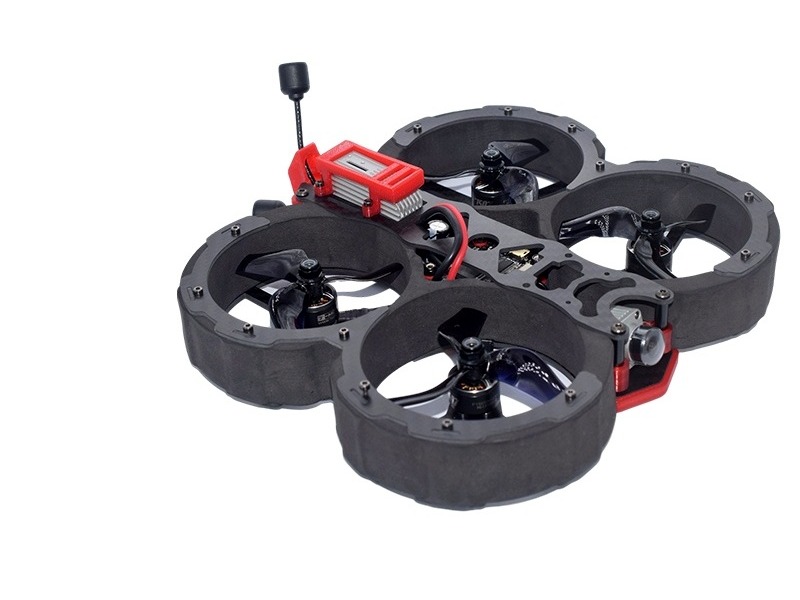Can I fly a drone at night?

Yes, flying a drone at night is possible, but it is important to understand the rules and regulations for doing so, as well as any potential risks.
The Federal Aviation Administration (FAA) states that recreational drone pilots must fly their drones during daylight hours and must keep the drone within the pilot's direct line of sight. The FAA also recommends that pilots avoid flying drones in populated areas, near airports, and during periods of darkness.
In order to fly a drone at night, the drone must be equipped with anti-collision lighting, which is a requirement for nighttime flying. The lights should be visible from at least three statute miles away and should be positioned on the front, rear, and bottom of the drone. It is also important to use a camera with night vision capability, so that the drone can be operated safely.
It is important to remember that nighttime drone operations can be more difficult than daytime operations. For example, it can be difficult to accurately judge the distance and altitude of the drone at night, particularly if there is no moonlight or artificial lighting to guide the pilot. Furthermore, winds at night can be stronger, making it more difficult to control the drone.
It is also important to understand the impact of light pollution before flying a drone at night. Light pollution can interfere with the night vision of the camera and make it difficult for the pilot to accurately judge the distance and altitude of the drone.
When flying a drone at night, it is important to remember that there are additional regulations in place for commercial drone operations. For example, commercial drone pilots must obtain a waiver from the FAA to legally fly a drone at night. Additionally, commercial drone pilots must adhere to certain safety requirements, such as flying at a height no greater than 400 feet, avoiding populated areas and airports, and having a visual observer on standby at all times.
Finally, it is essential to understand the potential risks associated with flying a drone at night. Due to the decreased visibility, there is an increased risk of a collision with another aircraft or with an obstacle such as a tree or power line. Furthermore, the night sky can be very disorienting and it can be difficult to navigate or maintain the correct altitude.
In conclusion, while it is possible to fly a drone at night, it is important to understand the rules, regulations, safety requirements, and potential risks associated with doing so. If you are considering flying a drone at night, make sure to obtain a waiver from the FAA and be aware of your surroundings.
Comments / Question
2. Use a drone light to help you see the drone in the dark.
3. Make sure the area you are flying in is free of obstacles and people.
4. Fly at a lower altitude than you would during the day.
5. Make sure your drone is equipped with a GPS system and a return-to-home feature.
6. Avoid flying in areas with a lot of light pollution.
7. Make sure the drone’s battery is fully charged before flying.
8. Avoid flying in areas with a lot of air traffic.
9. Make sure you are aware of any local laws or regulations regarding drone flight at night.
10. Make sure your drone is equipped with a low-light camera and a good set of landing lights.

